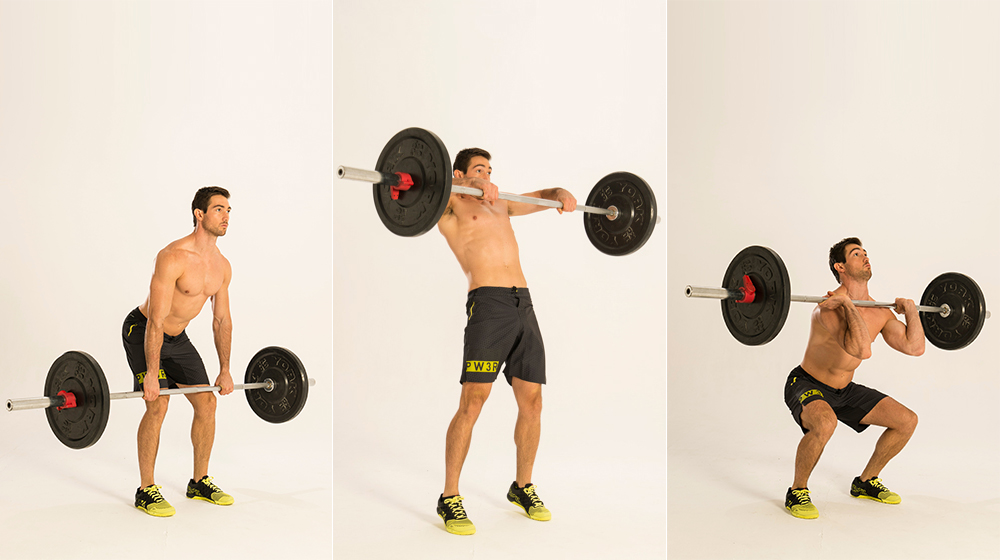After a rigorous couple of hours exercising, it’s tempting to hop straight from the treadmill to the shower, or beeline to your car after a weightlifting session. While a lot of people remember to warm-up before working out, but not everyone remembers to cool down afterwards.
Fitness freaks and personal trainers argue a cool down is as important as the actual work out itself. A proper cool down routine is extremely beneficial to your body, though it’s an afterthought to casual exercisers. Not only will your body be better off, cooling down will help you stay injury-free for future workouts.
What is a Cool Down?
The concept of cooling down is to promote recovery after exercise routines, returning your body to a pre-workout state. A workout adds a lot of wear-and-tear onto the body: muscle fibers, tendons, and ligaments can get damaged, and waste materials build up throughout.
With a correct cool down, you help your body through the repair process. Returning your body and muscles to a pre-exercise state will reduce your heart rate, keep blood circulating, which in turn delivers nutrients and oxygen to damaged tendons, ligaments, and fibers.
At the expense of a few extra minutes in the gym after your workout, the benefits of cooling down can ensure your body will be refreshed and repaired for your next training session.
The Benefits of Cooling Down
We know that cool down exercises are beneficial to the body, but what do they do specifically? These are the upsides your body will enjoy when you employ a cool down at the end of any training routine.
Prevent Blood Pooling
Exercising causes the heart to exert at an accelerated rate, pumping blood and oxygen to lower extremities and the muscles being worked. Once the oxygen is delivered, the blood returns to the heart to be re-oxygenated to begin the process again.
When the body goes from working strenuously to moving slowly or at a reduced work rate, the force of the contracting muscles pushing the blood throughout the body is diminished. This causes the blood to pool in the lower extremities, delaying the blood’s arrival to the heart and the brain.
As a result, a person can be susceptible to light-headedness, dizziness, and a higher risk of fainting due to insufficient blood and oxygen to the brain.
Cool down exercises reduce your heart rate gradually, easing the body’s state from a high work rate to a natural one. This helps the contracting, or working, muscles circulate the blood from the lower extremities efficiently, providing an apt amount of oxygen to the brain and heart. Allowing your body to feel accustomed to your resting state can offset dizziness and fainting.
Delayed Onset Muscle Soreness
Delayed onset muscles soreness (DOMS) is not an unusual aftereffect to laborious training. DOMS typically occurs 24-48 hours after exercise routines, and is defined by microtears in muscle fibers. Soreness is manageable and not overwhelmingly painful, but when not treated appropriately, can begin to add up after multiple days of working out. DOMS that lingers for two or three days after a training session could suggest a pending injury, too.
To equalize the damage done to muscle fibers, cool down exercises can repair these tissues quicker. As you now know, cooling down improves blood circulation; providing oxygen and nutrients to sore muscles revitalizes them efficiently.
A cool down more often than not involves static stretching. Stretching and improving range of motion also offsets DOMS, as your body will be familiarized with eccentric movements and the strain of increased workloads.
Recovery
Another by-product of training is waste materials building up in worked muscles. Lactic acid is the most common waste that’s created on the muscles, generated through anaerobic (sans oxygen) training. Muscles need energy to function, and without oxygen, the body will break down glucose as a secondary source of fuel; this causes lactate formations. You’ll know when your muscles are swimming in lactic acid, characterized by that burning sensation in your working muscles.
Cooling down begins the slow process of wiping up lactic acid from the body, as well as other metabolites that’ve built up over the training session. A combination of stretching and walking or a slow jog reduces the build up, resulting in less pain post-workout.
These are only a few benefits to cooling down after exercise routines. Your body will recover efficiently and you’ll lower your risk of injury, allowing you to continue to training at full strength.
Our personal trainers at SEMI will guide you through the proper warm-up, workout, and cool down routine to meet your fitness goals. Prevent any unnecessary pain through exercising with a safe and healthy regimen designed by SEMI call us at 1-844-223-7364 to learn more!






